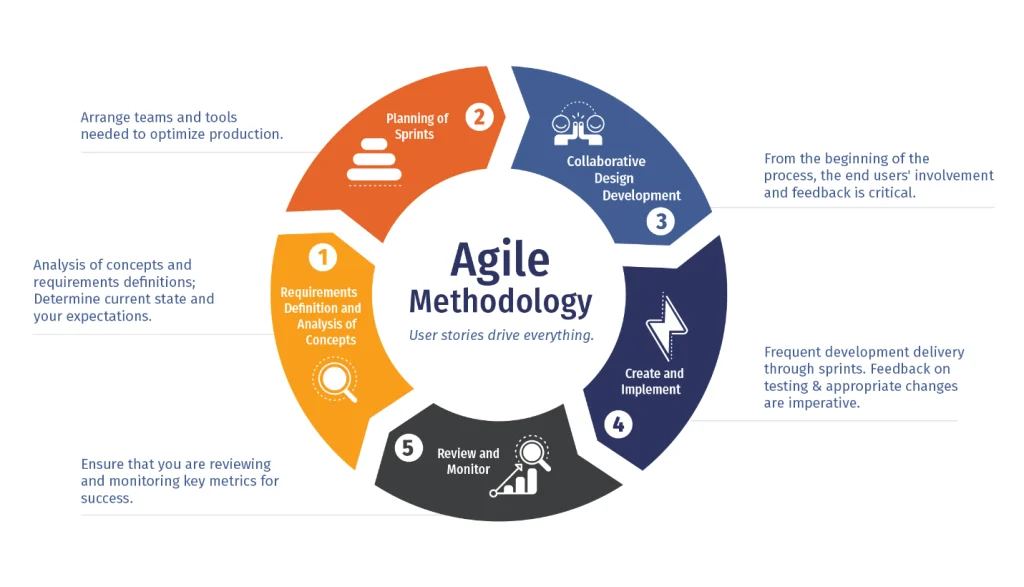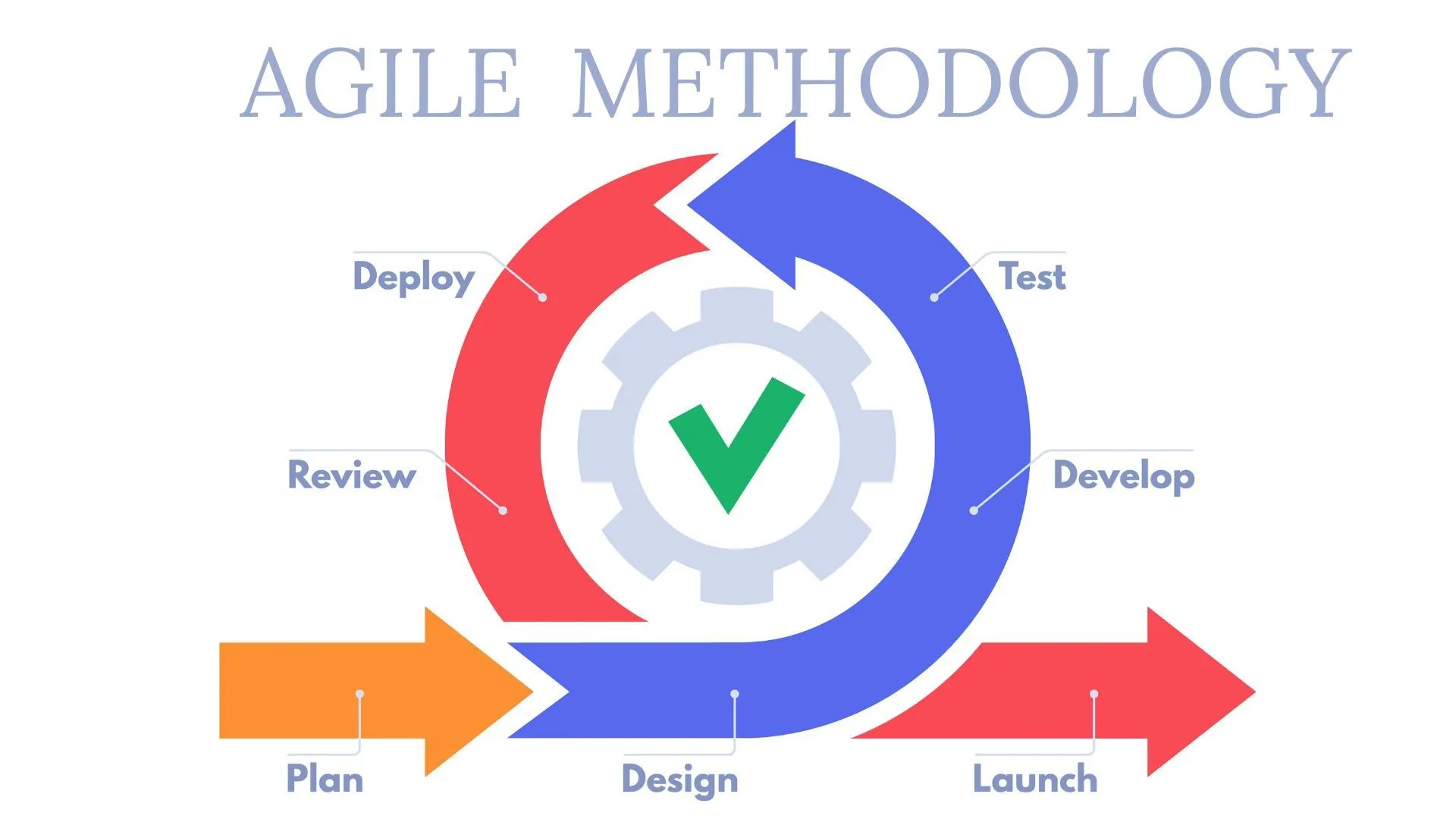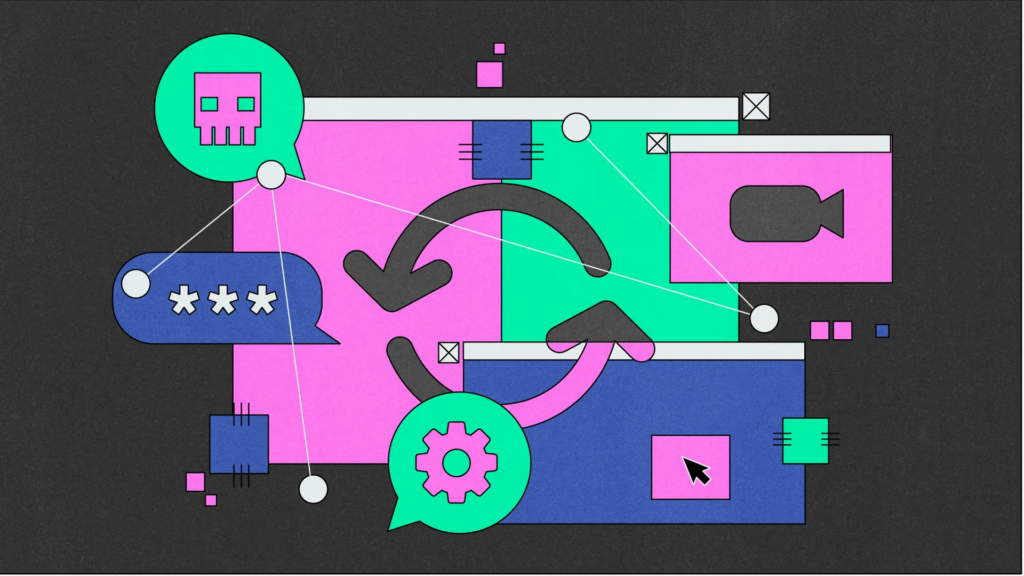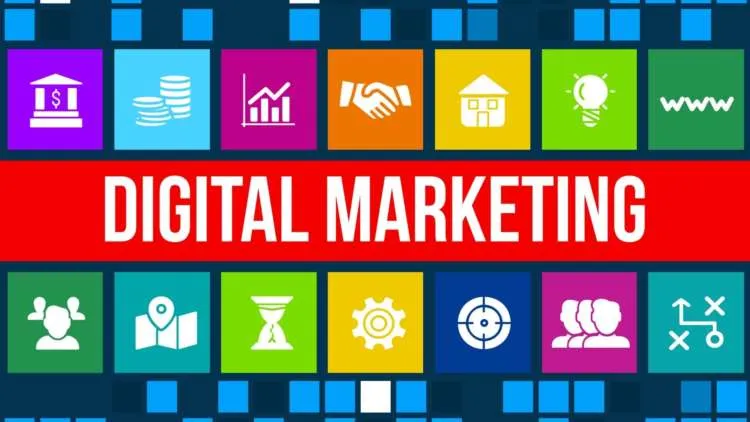The Agile methodology is an iterative and incremental approach to software development that emphasizes flexibility, collaboration, and customer satisfaction. It was developed in response to the limitations of traditional software development methods, such as the Waterfall model, which were seen as inflexible and slow to adapt to changing requirements.
In Agile, software development is divided into short iterations, usually lasting one to four weeks, during which a small but functional piece of the software is developed and tested. The team works closely with the customer or product owner to ensure that the software meets their requirements, and feedback is incorporated into the development process.
Agile teams are self-organizing and cross-functional, with members from different disciplines working together to complete each iteration. Communication is highly valued, with frequent meetings and interactions among team members to ensure that everyone is on the same page.
The Agile methodology also places a strong emphasis on continuous improvement, with regular retrospectives to evaluate the team’s performance and identify areas for improvement. This helps to ensure that the team is constantly learning and adapting to changing requirements and circumstances.
The Agile methodology is designed to be flexible, adaptable, and customer-focused, allowing teams to deliver high-quality software that meets the needs of their customers in a timely and efficient manner.

What Is Agile Methodology in Project Management?
Agile methodology in project management is an approach to managing projects that is based on the principles of the Agile Manifesto. It is a flexible and iterative approach that emphasizes collaboration, continuous improvement, and the delivery of working software in short iterations.
The Agile approach to project management involves breaking down the project into small, manageable pieces called iterations or sprints. Each iteration typically lasts between one and four weeks, and at the end of each iteration, a working piece of software is delivered. This allows the project team to receive feedback from stakeholders and make adjustments to the project as necessary.
The Agile methodology places a strong emphasis on collaboration and communication among team members, stakeholders, and customers. The project team is typically self-organizing and cross-functional, meaning that team members come from different disciplines and work together to complete each iteration.
In Agile project management, the project scope, requirements, and timeline are expected to evolve over time. Changes are expected and welcomed, as long as they align with the project’s overall goals and priorities. This approach allows the project team to be more responsive to changing business needs and customer requirements.
The Agile methodology also emphasizes continuous improvement through regular retrospectives, where the team reflects on its performance and identifies areas for improvement. This helps to ensure that the team is constantly learning and adapting to changing requirements and circumstances.
Agile methodology in project management is a flexible, iterative approach that allows project teams to deliver high-quality software that meets the needs of their customers in a timely and efficient manner.
Agile methodologies overview
Agile methodologies are a set of project management practices that are based on the principles of the Agile Manifesto. They are designed to be flexible, iterative, and customer-focused, with a strong emphasis on collaboration, continuous improvement, and the delivery of working software in short iterations.
The Agile Manifesto outlines four key values and twelve principles that guide Agile methodologies. The four values are:
- Individuals and interactions over processes and tools
- Working software over comprehensive documentation
- Customer collaboration over contract negotiation
- Responding to change over following a plan
The twelve principles of Agile methodologies are:
- Customer satisfaction through early and continuous delivery of working software.
- Welcome changing requirements, even in late development.
- Deliver working software frequently, with a preference for shorter timescales.
- Collaborate with customers and stakeholders throughout the project.
- Build projects around motivated individuals and give them the support and environment they need to get the job done.
- Use face-to-face communication as much as possible.
- Working software is the primary measure of progress.
- Agile processes promote sustainable development. The sponsors, developers, and users should be able to maintain a constant pace indefinitely.
- Continuous attention to technical excellence and good design enhances agility.
- Simplicity—the art of maximizing the amount of work not done—is essential.
- Self-organizing teams encourage great architectures, requirements, and designs.
- At regular intervals, the team reflects on how to become more effective, then tunes and adjusts its behavior accordingly.
Agile methodologies come in many different forms, including Scrum, Kanban, Lean, and Extreme Programming (XP). Each methodology has its own set of practices and tools, but they all share the same underlying values and principles of the Agile Manifesto. The choice of methodology depends on the needs of the project and the preferences of the project team.
Agile project management
Agile project management is a flexible and iterative approach to managing projects that is based on the principles of the Agile Manifesto. It is an approach that emphasizes collaboration, continuous improvement, and the delivery of working software in short iterations.
Agile project management typically involves breaking the project down into small, manageable pieces called iterations or sprints. Each iteration typically lasts between one and four weeks, and at the end of each iteration, a working piece of software is delivered. This allows the project team to receive feedback from stakeholders and make adjustments to the project as necessary.
The Agile project management approach emphasizes collaboration and communication among team members, stakeholders, and customers. The project team is typically self-organizing and cross-functional, meaning that team members come from different disciplines and work together to complete each iteration.
In Agile project management, the project scope, requirements, and timeline are expected to evolve over time. Changes are expected and welcomed, as long as they align with the project’s overall goals and priorities. This approach allows the project team to be more responsive to changing business needs and customer requirements.
The Agile project management approach also emphasizes continuous improvement through regular retrospectives, where the team reflects on its performance and identifies areas for improvement. This helps to ensure that the team is constantly learning and adapting to changing requirements and circumstances.
Agile project management is a flexible, iterative approach that allows project teams to deliver high-quality software that meets the needs of their customers in a timely and efficient manner.
Read More : Quick start guide to Hire Offshore Software Developers





